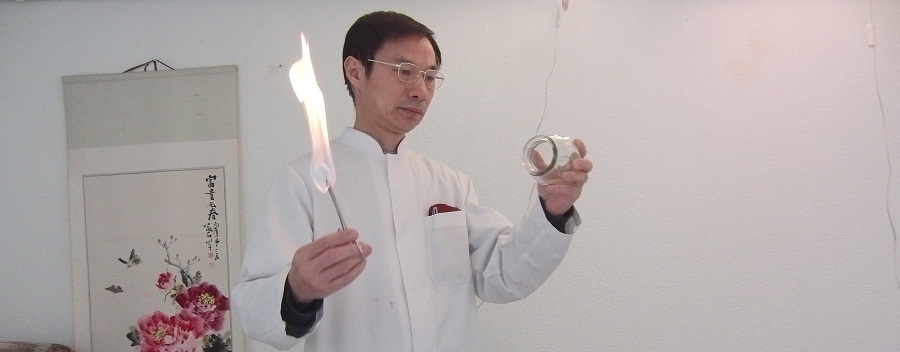
Nei Gong and Health Care
Nei Gong's health care is realized through acupuncture, tuina, Chinese herbal medicine, cupping, moxibustion and spooning. TCM presupposes that your surroundings, climate, life style and emotional state are the primary cause of disease. The six climatic conditions (wind, coldness, summer heat, dampness, dryness and heat) and the seven emotions (joy, anger, anxiety, contemplation, grief, fear and terror) are the primary pathogenic factors. Chinese TCM doctors have experimentally proven that ‘anger' can actually hurt the liver (anger is one of the seven emotions in TCM that is associated with the liver).
Acupuncture is said to have originated during the Stone Age in China. In early Chinese literature, acupuncture was first seen in the Warring States era in the Huangdi Neijing. This book contains the theory of acupuncture and it still forms the core of modern acupuncture theory in China today. Based upon this book and others, the doctors of Jin Dynasty wrote the Jia Yi Jing and had identified 349 acupoints, their position and their indications. The methods of needling techniques were also introduced at this time. During the Song Dynasty, 354 acupuncture points were identified. Two bronze casting models were made to celebrate this. On the surface of the model the meridians and acupoints were engraved for teaching purposes. The conventional modern acupoints that are used today are now 351.
Acupuncture is TCM term used for both acupuncture and moxibustion. Both are used to adjust the balance of yin and yang, stimulate the circulation of Qi (energy) and blood, to expel pathogenic Qi and strengthen the positive Qi. TCM takes individual differences into account and by doing so, the correct treatment is achieved. The three main therapeutic effects of acupuncture are to dredge the meridians, rebalance yin and yang and to reinforce the good energy and clear off the pathogenic factors. Acupuncture uses a special and very thin metal needle to stimulate the acupoint.
The World Health Organization Interregional Seminar has drawn up a provisional list of diseases that lend themselves to acupuncture treatment (click here for more info). In 2010, acupuncture and moxibustion was listed in the Representative List of the Intangible Cultural Heritage of Humanity of UNESCO (click here for more info).
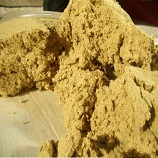
Moxibustion
Uses the leaves of Chinese mugwort, or artemisia argyi for the thermal stimulation on the surface of the body.
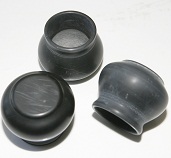
Cupping
Forms a negative pressure by burning the oxygen in a closed to stimulate the circulation of qi and blood.
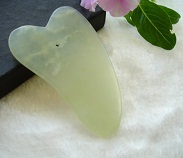
Scraping or spooning
Follows the TCM theory by scraping with a special tool the surface of skin along the meridians and acupoints.
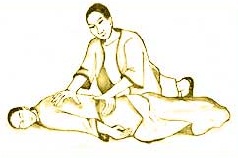
Tuina massage
The application of hands on the surface of body in order to dredge the meridians.
Chinese herbs
For more than 3000 years, the Chinese have been meticulously experimenting with thousands of herbs and documenting the effects that they have on the body. Conventional drugs are often derived from herbs, but Western Pharmaceutical companies will synthesize a chemical version of what they consider to be the active ingredients, whereas Chinese herbal medicine makes use of non-synthesized natural elements.
The earliest works of Chinese herbal medicine is called the ‘Shen Nong Herbal Classic’. There is collection of herbal medicines, including animal, plant and mineral categories that total 365 kinds. The great herbalist Li Shi-Zheng of the Ming Dynasty (AD 1518 - 1593) described 1892 kinds of herbal medicine in his book "Compendium of Materia Medica". Nei Gong does not use herbs derived from animals in its treatments.
Nei Gong can help you recover your health with the TCM methods of acupuncture, tuina massage and herbal medicine. Nei Gong will analyze your situation and give you advice how to prevent or cope with the illness and strengthen the area in question.
If you are looking for an alternative method of treatment for your ailment(s), contact Nei Gong and see what TCM can do for you. Please send an email to info@neigong.nl.